As seen in the previous post, the Wheaton Covered Bridge in Sackville N.B. sits in the Tantramar Marshes on what was once Acadian land.
Settled in the 1670s, this region held a thriving and prosperous Acadian farming, fishing, and trading community called Beaubassin. Just before the deportation of families from the Maritimes, Beaubassin was a hub that had just under a third of the Acadian population in Nova Scotia.
But, because Beaubassin was strategically located on the Isthmus of Chignecto, it was also one of the most sought after and fought over pieces of land in the Maritimes.
When the French and Indian War began in 1754, the British demanded the people of Beaubassin fight against the French. When they refused, the expulsion began and the people of Beaubassin were forced out during the Grand Dérangement.
But, rather than go back to a country they did not know (France), many from Beaubassin secretly left and sought refuge in Becancour, Québec (1758). Here they quietly lived and worked as labourers; others joined the Canadian militia.
In 1760, with the Treaty of Paris, these families were granted land in Saint-Grégoire. Further, in the years following the expulsion, more Acadian families moved to Saint-Grégoire and settled. A collection of buildings from this time still exists in the community.
One such family was the Bourg family; they were original refugees and later land grantees. One family member, Joseph Bourque (Bourg) was the master carpenter who built the Moulin à vent de Saint-Grégoire (also called Moulin Bourg), which was used by the local farmers to grind flour until 1843.
This windmill still stands in Saint-Grégoire as the Centre d’interprétation des Acadiens à Saint-Grégoire.
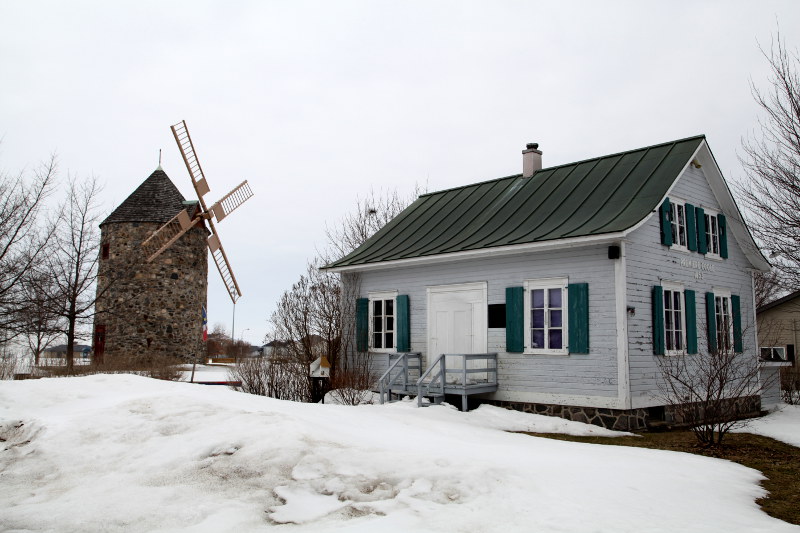
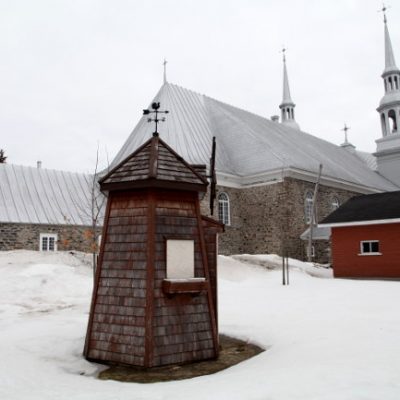
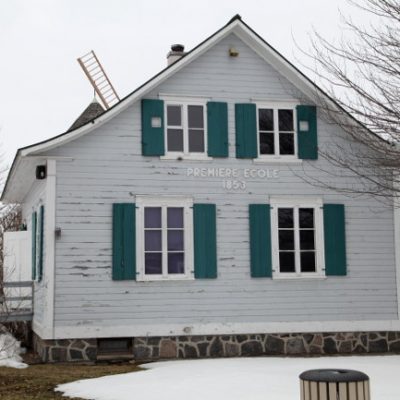
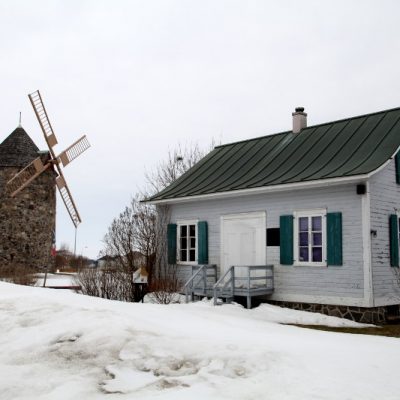
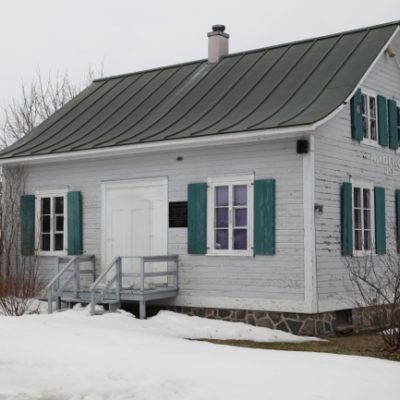
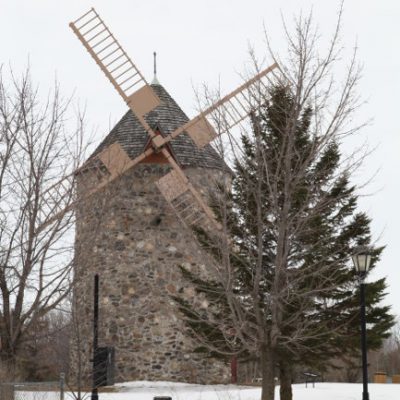
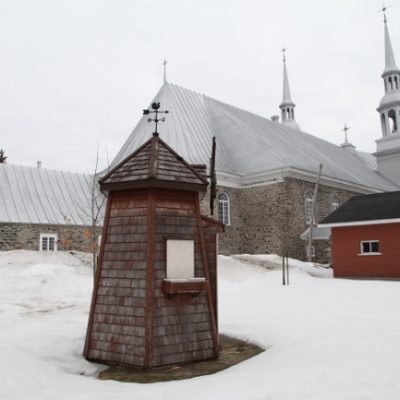
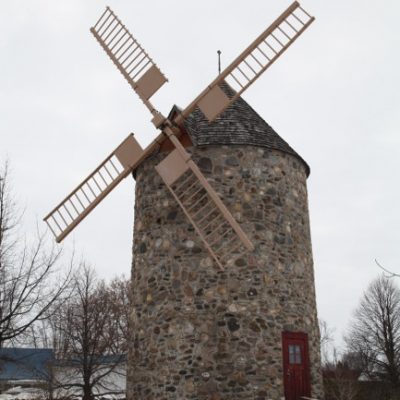

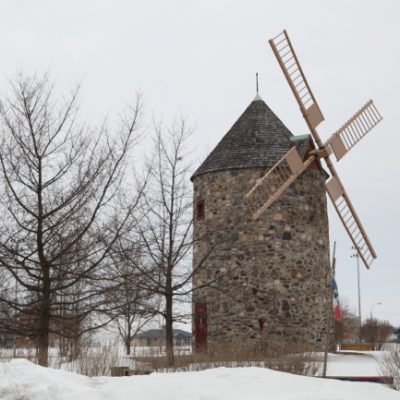
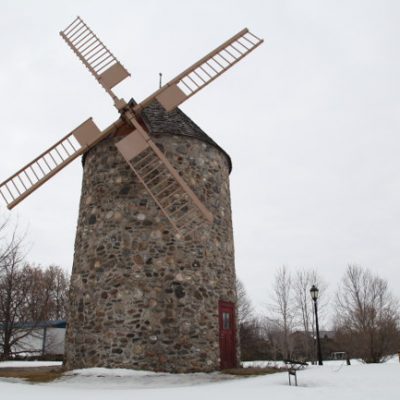
0 comments on “From Beaubassin to Becancour and the Moulin de Saint-Grégoire”Add yours →